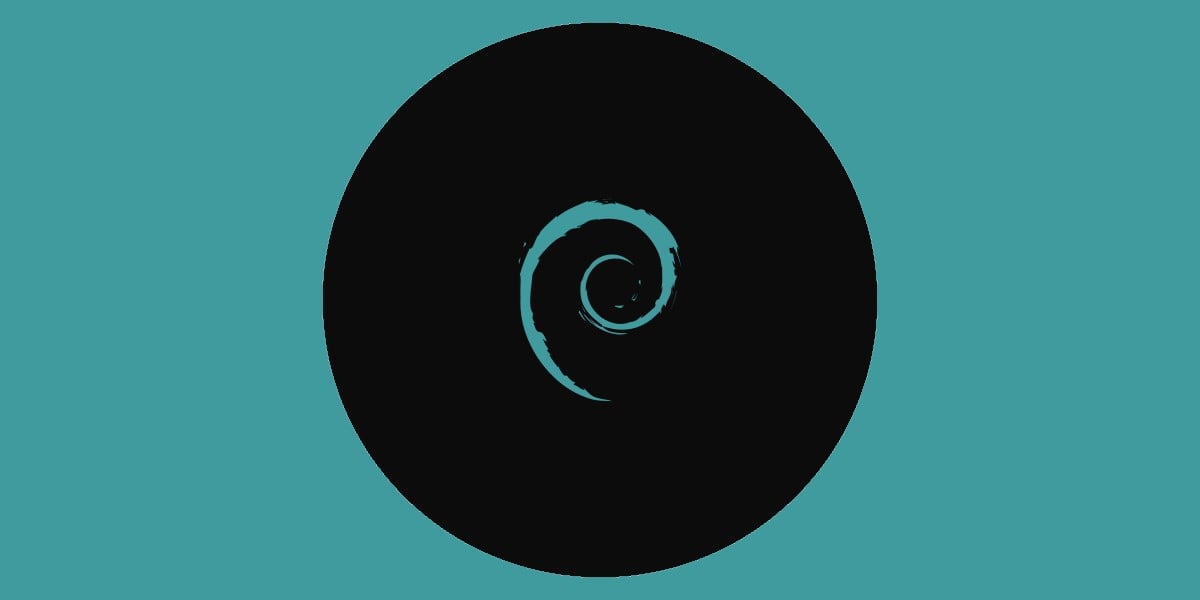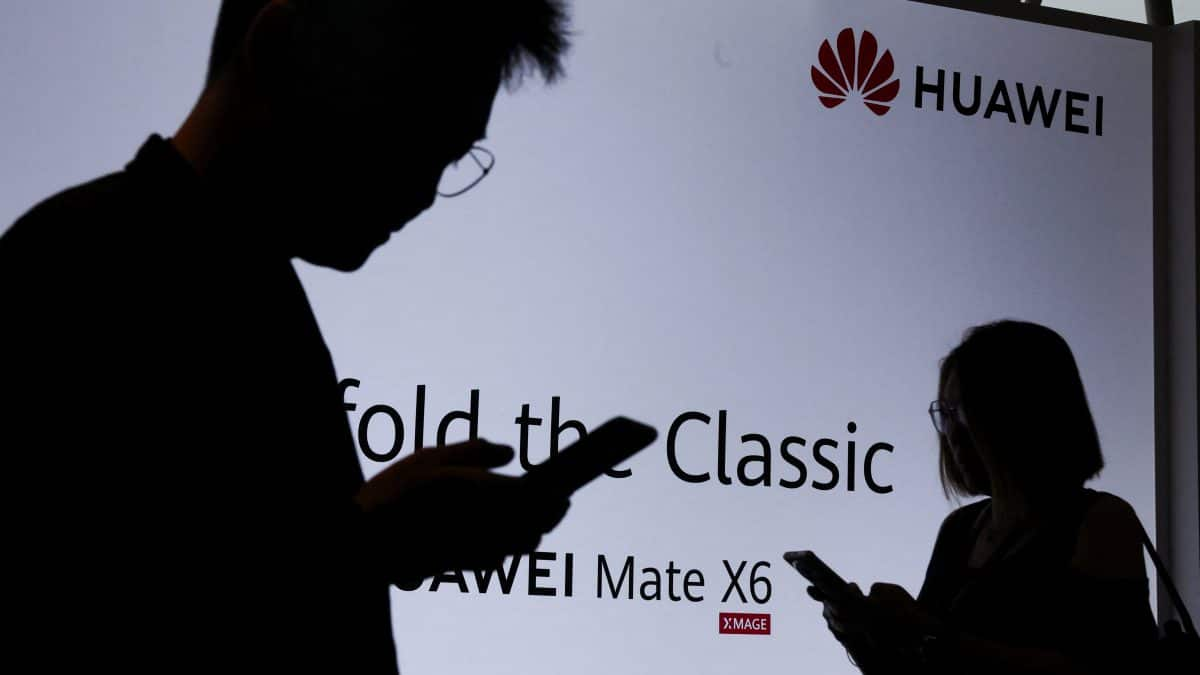The latest version of Mobian, an edition of Debian aimed at mobile devices, is here, based on Debian 13 “Trixie”.
Mobian Trixie is the new stable version, available in two main variants: one with Phosh, GNOME’s Phone shell, and one with KDE Plasma Mobile 6.3. There are versions for the PinePhone, PinePhone Pro, and PineTab, both sizes of Google’s Pixel 3a, the OnePlus 6 and 6T, and Xiaomi Poco F1. All run the current kernel from Debian 13, version 6.12. There’s also a version for the Purism Librem 5 phone that uses the older kernel 6.6. And alongside these fully supported devices, there are versions for the Fairphone 4 and 5, PineTab2, and SHIFT6mq, but these come with significant hardware support limitations.
(Additionally, there are x86-64 images of Mobian, which in principle let you test it out if you don’t have a suitable phone – but we couldn’t get any of them to start in three different hypervisors.)
Mobian is the official Debian derivative aimed at Arm-powered mobile devices. Indeed, the Mobian project home page sends people to the official Debian wiki pages to learn more about Mobian. The result is a Debian phone: a smartphone with a touch-centric UI and a suite of typical mobile phone apps, many similar to their desktop GNOME equivalents – but open the terminal emulator, and it’s Debian, complete with the normal apt command.
A dedicated mobile edition of Debian is necessary because the world of Arm kit and other mobile devices is very unlike the familiar realm of PCs, as we described a few years ago looking at Armbian, a Linux for Arm SBCs.
It’s not so much that Arm kit is different from the x86 PC world. It’s more that the x86 PC world is unlike any other part of the computer market.
What we call “the PC industry” was built on the basis of computers very carefully designed to be “IBM compatible,” meticulously specified and constructed, using clean-room reverse engineering, to work identically to IBM’s 5150, 5160, and later, IBM 5170 – as in, the original floppy-only IBM PC, the expensive PC-XT with a hard disk, and the 80286-based IBM PC AT. That means peripherals mapped to the same I/O ports in memory, accepting the same values, functionally identical firmware at the same memory addresses, and so on. The PC industry was built on precisely cloning IBM’s design so that an OS designed for IBM kit would boot and run identically on clone hardware – or maybe a little faster.
Almost no other computer was ever designed like this. For instance, both Digital Equipment Corporation and SGI made expensive workstations based on MIPS RISC chips, but aside from that coincidence they were totally different. They couldn’t run each other’s OSes, or apps, or accept each other’s keyboards or mice or expansion cards. Sony’s PlayStation 2 used a PowerPC-based Cell CPU, the Xbox 360 used a PowerPC-based Xenon CPU, and Nintendo’s Wii used a PowerPC-based Broadway CPU, but there’s no way they can run each other’s games – just as IBM’s POWER workstations were totally incompatible with Apple’s PowerMacs.
Back in March, developer and blogger Julio Merino explained some of the differences between PCs’ ACPI and phones’ Device Tree.
If Mobian sounds a little similar to the OS of the Furi Labs’ FLX1 phone we looked at in February, it is. (Incidentally, if the software sounded good but the chunky robust form-factor less so, last month the company launched its slimmer and lighter second-generation handset, the FLX1s.)
There are some very important differences in how the two devices’ OSes work, though. Furi Labs’ FuriOS is an offshoot of the Droidian project. It runs an almost-unmodified Debian userland on top of a Linux kernel built for Android, complete with Android-specific device drivers direct from the OEM, using Halium to get a glibc-based Linux stack talking to an Android Linux kernel with the Bionic C library and Android HAL (or Hardware Abstraction Layer).
Up to a point, Linux is Linux – it’s the drivers (and related components like system firmware and bootloader) that are the problem. Almost all x86 hardware is still IBM PC-compatible, even now, 44 years after IBM launched the original PC. That means OSes can rely on any random machine having standard firmware, standard bootloaders will just work, and cross-platform drivers for most hardware will be there for the taking.
But not on a phone or a tablet they aren’t. None of this is true. Few mobile vendors publish drivers at all, let alone source code and detailed specifications. Every Arm device is different – there’s no baseline standard to be compatible with, as there is on x86 – and so every device needs its own custom kernel. Halium provides a shortcut. It lets an otherwise standard Linux distro to run on top of an Android kernel and use Android’s drivers, bootloader, and so on.
The alternative is to write native Linux drivers for all the hardware and “upstream” them – submit them and get them included into the main Linux kernel, eliminating the need for vendor “BLOBs” – sealed binary files containing drivers and firmware, which makes troubleshooting very difficult.
Supporting end-of-life smartphones via the mainline kernel is the goal of the postmarketOS project, which we wrote about back in 2022. PostmarketOS is based on the ultra-lightweight Alpine Linux, although postmarketOS announced it was switching to systemd last year.
Droidian and FuriOS are real Debian, except for the Debian kernel. Instead, they run on top of a kernel built for Android. Ubuntu Touch, maintained by the UBports community, is similar, but instead of Debian it adapts Ubuntu to run on top of an Android kernel using Halium, with Canonical’s Unity 8 desktop, now called Lomiri, as the UI.
Mobian, on the other hand, works like postmarketOS, using the mainline kernel. However, this means it has to be separately ported to each individual device, which is why so far it only has eight fully supported devices with the current LTS kernel.
The postmarketOS project started in 2017 and is centered on mobile hardware, which these days supports hundreds of different devices. Mobian started in 2020, so it’s a few years younger, and rather than being centered on phones, it’s an offshoot of a distro mainly aimed at conventional PCs and servers. So while Mobian supports far less hardware so far, it does have a huge selection of packaged software available. What’s more, as drivers for mobile hardware make their way into the mainline kernel over time, Mobian will run on an ever-wider range of fondleslabs.
As the Free Software Foundation recently announced its intention to aim for an all-free phone OS, we hope that efforts such as these will win wider support and adoption. There’s a surprisingly short list of GNU-approved Linux distributions, of which Purism’s PureOS already has a smartphone version. This is a rapidly developing area.
This vulture does not personally care for some of the trends in phones in recent years. We actively prefer upgradable storage on cards, swappable batteries, headphone sockets, and physical control buttons. However, we must reluctantly concede that as phones increasingly turn into sealed units – soon lacking even USB or charging ports, or physical SIM slots, we fear – their resistance to water, dust, and thus aging, will increase. We buy over a billion units a year and interest in used ones is rising. The already huge problem of e-waste will only grow. If an old phone pulled from a recycling bin can be reflashed into something useful, there are a lot of people who have much better uses for the average $250-$300 that a new phone costs.
It was the availability of cheap commodity 32-bit PC hardware that drove the rise of Linux itself, but that was in the 20th century. Although there’s a Windows 11 spike, the PC market remains much smaller than the billion plus people that buy smartphones every year. If FOSS phone OSes can overcome the fragmentation and incompatibility problems in the smartphone world, the potential really is vast. ®


